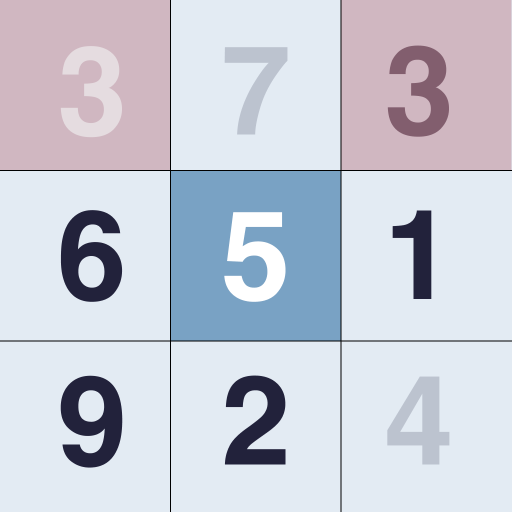
Sudoku:
One of the most well-known Japanese puzzle games is Sudoku, which involves filling a 9-by-9 grid with numbers so that each row, column, and 3-by-3 sub-grid contains all of the digits from 1 to 9. Another popular Japanese puzzle game is Kakuro, which is similar to a crossword puzzle, but instead of letters, the grid is filled with numbers and the goal is to fill in the blanks so that each vertical and horizontal line adds up to a specific number. Ready to try? Solve your first sudoku right now!
Nonograms:
Nonograms, also known as Picross, which involves filling in a grid to create a picture by following numerical clues; Hanjie, which is similar to Nonograms but uses black and white squares instead of colored ones; and Hitori, which involves shading out numbers in a grid so that no number appears more than once in any row or column.
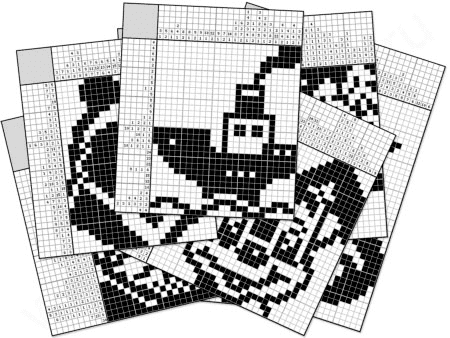
Slitherlink
Slitherlink is a Japanese puzzle game that involves creating a loop or path through a grid of squares. The goal of the game is to create a loop that goes through every square in the grid, while following certain rules.
Slitherlink is also known as Loop the Loop or Fences, and it originated in Japan in the 1990s. The game has since become popular worldwide, and there are now many variations and levels of difficulty available.
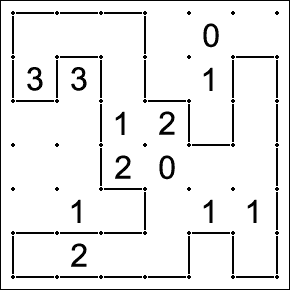
To play Slitherlink, you start with a blank grid of squares, which can be of various sizes. Some of the squares are already filled with lines, while others are blank. The goal is to create a loop that goes through every blank square, while following the rules of the game.
The rules of Slitherlink are as follows:
- Each number in the grid represents the number of sides of that square that the loop must pass through.
- The loop cannot cross or overlap itself.
- The loop must be a continuous path that goes through every blank square in the grid.
- The loop must not touch itself, except at the endpoints.
- Players must use logic and deduction to figure out which squares the loop should pass through, based on the numbers in the grid and the position of the lines. The game can be challenging, but it is also very rewarding when you successfully create a loop that goes through every square in the grid.
Slitherlink puzzles can be found in newspapers and puzzle books, and there are also many online resources available for playing and creating Slitherlink puzzles.
Shikaku
Shikaku is a Japanese puzzle game that involves dividing a grid of squares into smaller rectangles or "boxes". The goal of the game is to divide the grid in such a way that every square is included in a rectangle, and each rectangle contains only one number.
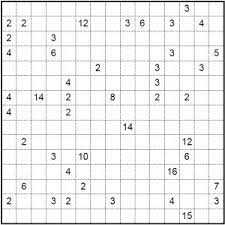
Shikaku is also known as Rectangles or Divide by Squares, and it originated in Japan in the early 2000s. The game has since become popular worldwide, and there are now many variations and levels of difficulty available.
To play Shikaku, you start with a blank grid of squares, which can be of various sizes. Some of the squares contain a number, which indicates how many squares should be included in the same rectangle. The goal is to divide the grid into rectangles that follow these rules:
Each rectangle contains only one number. The rectangle can be any size, as long as it contains the correct number of squares. The rectangles cannot overlap or touch each other. Players must use logic and deduction to figure out which squares should be included in each rectangle, based on the numbers in the grid and the position of the squares. The game can be challenging, but it is also very satisfying when you successfully divide the grid into rectangles that meet all of the rules.
Shikaku puzzles can be found in newspapers and puzzle books, and there are also many online resources available for playing and creating Shikaku puzzles.
Masyu
Masyu is a Japanese puzzle game that involves creating a loop through a grid of squares, while following certain rules. The goal of the game is to create a loop that goes through every square in the grid, while following specific rules.
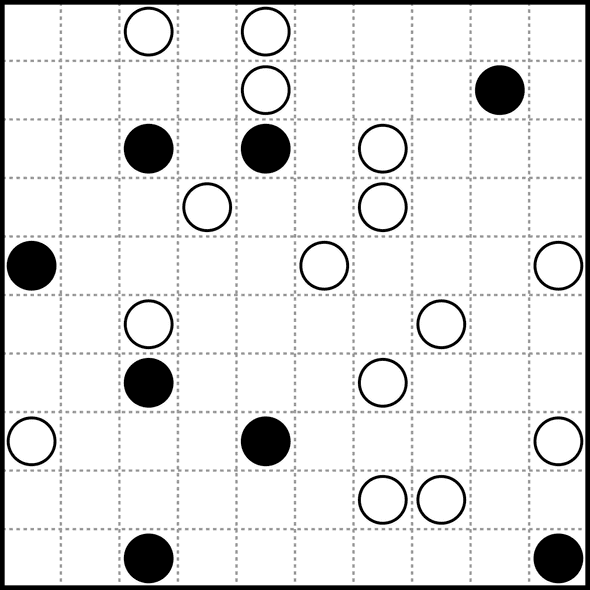
Masyu originated in Japan in the 1990s and has since become popular worldwide. The game is also known as Pearls or Masyu Pearl.
To play Masyu, you start with a blank grid of squares, which can be of various sizes. Some of the squares contain circles, and the goal is to create a loop that goes through every square in the grid while following these rules:
- The loop must pass through every square in the grid.
- The loop must turn at every circle in the grid.
- The loop cannot pass through a square diagonally.
- When the loop passes through a square, it must either continue straight or make a right-angle turn, depending on the orientation of the line segments in that square.
Players must use logic and deduction to figure out which squares the loop should pass through, based on the positions of the circles and the orientation of the line segments. The game can be challenging, but it is also very rewarding when you successfully create a loop that goes through every square in the grid.
Masyu puzzles can be found in newspapers and puzzle books, and there are also many online resources available for playing and creating Masyu puzzles.
Heyawake
Heyawake is a Japanese puzzle game that involves shading in cells in a grid to create a pattern, while following certain rules. The goal of the game is to shade in cells to create a picture, while ensuring that certain rules are followed.
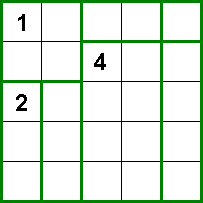
Heyawake originated in Japan in the 1990s and has since become popular worldwide. The game is also known as Hitori Muse or Hashiwokakero.
To play Heyawake, you start with a blank grid of cells, which can be of various sizes. Some of the cells are black, and others are white. The goal is to shade in some of the white cells to create a picture, while following these rules:
- The shaded cells must form a single, connected region (i.e., no isolated groups of shaded cells are allowed).
- The shaded cells cannot form a 2x2 square.
- All of the white cells must be connected to form a single, connected region.
- The shaded cells cannot form a straight line of three or more cells.
Players must use logic and deduction to figure out which cells to shade in and which cells to leave blank, based on the positions of the black cells and the restrictions imposed by the rules. The game can be challenging, but it is also very rewarding when you successfully create a picture that follows all the rules.
Heyawake puzzles can be found in newspapers and puzzle books, and there are also many online resources available for playing and creating Heyawake puzzles.

Previous: Sudoku rules simple - even your child can understand | Next: 10 Frequently Asked Questions About Sudoku: Answers and Tips for Beginners
